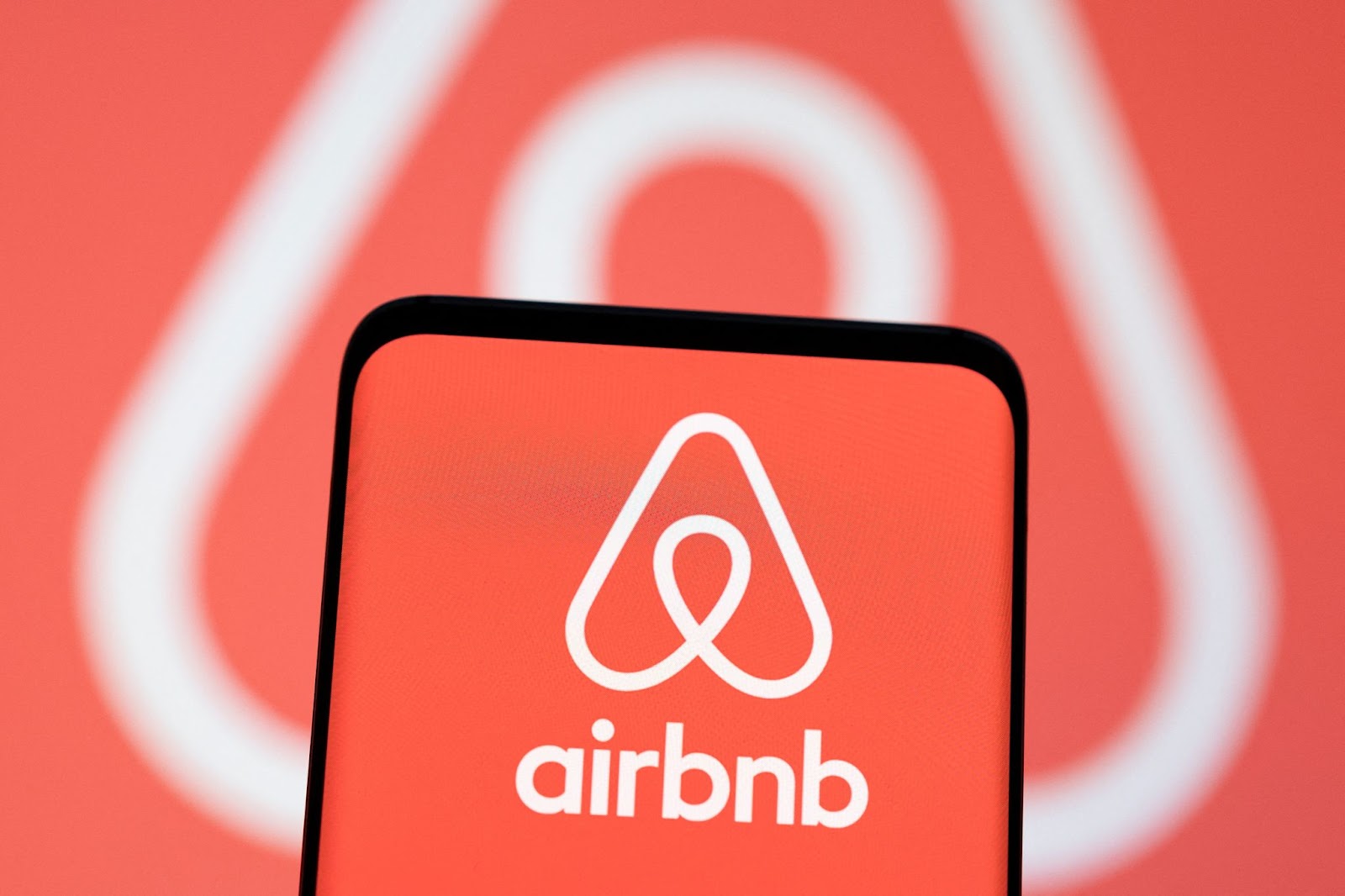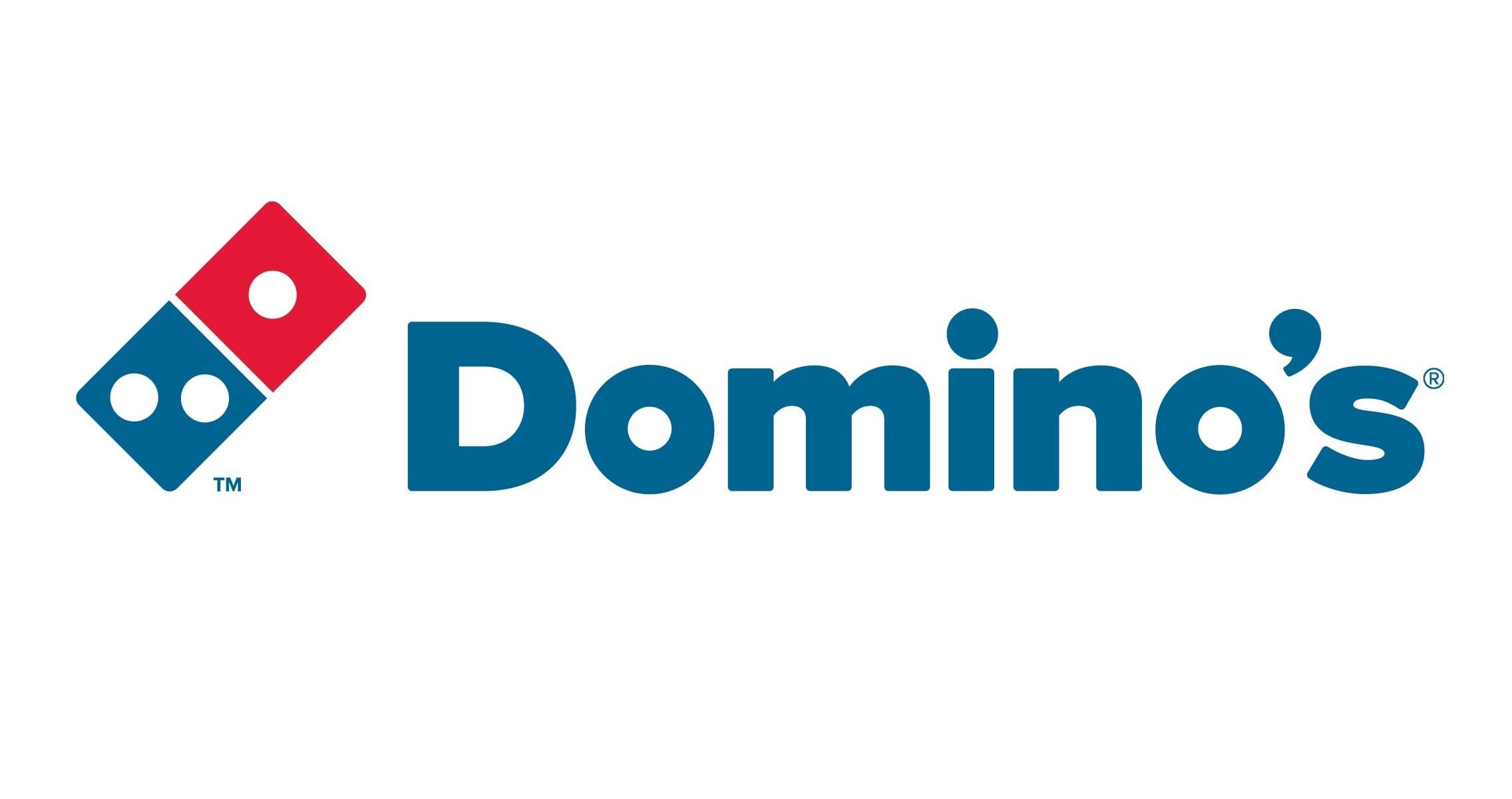Top 8 Localization Strategy Examples to Visualize Global Growth
What is the localization strategy?
No two countries in the world have the same cultural norms, ethical scales, lifestyles, and so on. In most cases, the differences may be spot on in areas such as the languages they speak, the cultural values they adopt, and the behavior patterns they display.
For instance:
- Language Differences: With over 78% of the English-only speaking population, English is a widely spoken language in America. However, only 6.6% of the Chinese, 27% of the Spanish, and 30% of the Japanese population can speak English.
- Cultural Differences: For example, the color yellow represents the positivity in The United States and the United Kingdom. But in France, the yellow color reflects jealousy, weakness, and betrayal.
Enterprises that don’t consider these differences and adopt a “one-size-fits-all” approach will fail to make a mark in the international market.
How, then, do you create an offering that meets the expectations and needs of people in different target markets?
The only solution to this question is the implementation of a localization strategy.
A localization strategy is a unique approach that emphasizes adapting a product or service to the purchasing habits, cultures, and languages of the local people.
This article explores the top eight examples of how brands across verticals have implemented localization strategies to successfully localize their products and enhance the experiences of their target audiences.
Editor’s Pick:
- Localization Strategy: Everything You Need to Know
- Understanding Software Localization: A Comprehensive Guide
Top 8 Localization Strategy Examples to Visualize Global Growth
Several companies, including Netflix, Airbnb, Coca-Cola, Domino’s, Samsung, and many others have been successfully implementing localization strategies for the past few years to gain a competitive edge and expand their business.
Let’s take deep dive into examples of localization strategy below:
1. Netflix

Netflix is a leading video streaming service provider available in 190 countries worldwide. The localization strategy of Netflix has been highly successful because it considered language differences, customer preferences, and cultural norms of people while adapting existing content and creating new content for new target markets.
- Language differences: Since the start of its international expansion in 2010, Netflix has been putting tremendous effort into offering subtitles and dubs for foreign customers. Furthermore, Netflix has ensured that the user interface and customer support are available in the local language.
- Customer preferences: Netflix has always considered customer preferences while deciding between dubbing and subtitling. For instance, it always prioritized dubbed content for countries such as Japan, Germany, and France because audiences in these countries prefer dubbed content rather than subtitles.
- Creating original content: Netflix took its localization efforts to the next level by creating original content that reflects local cultures in countries such as India, Germany, France, Turkey, Japan, Sweden, Spain, and so on. As of 2020, its library contains 1,767 active Netflix Originals, of which 45% are non-English language titles.
Read more:
- App/Mobile App Localization: The Ultimate Guide
- AI Localization: Mastering Global Reach with Best Practices
2. World Wildlife Fund for Nature (WWF)

WWF is the finest example of how an organization can adopt localization strategies to create awareness campaigns in various geographical markets. Operating to protect endangered species and habitats, WWF is effectively using its website, social media, case study reports, news, and other marketing materials to generate awareness among the general public.
The two main aspects of the localization strategy of WWF are:
- Presenting content to local markets in their native language: The website of WWF is available in more than 50 languages, including English, Dutch, French, Portuguese, Hindi, Japanese, Mandarin Chinese, and so on.
- Serving the right content to the right users: The regional websites of WWF present information on relevant local issues that matter most to the local readers. As of writing this article, the U.S. version of the WWF website presents news features on The Recovering America’s Wildlife Act and Pebble Mine Closure. But, the Spanish version has a news article on fighting against factory farming of pigs and demanding the approval of a national strategy for extensive farming.
3. Airbnb

Airbnb is the perfect example of how an organization can use the localization strategy to gain a competitive edge. With over six million active listings across 220 countries worldwide, Airbnb disrupted the hospitality industry by personalizing every aspect of the customer experience.
For Airbnb, localization is not just about translating the website into multiple languages. It is more about understanding local cultures and offering services that are relevant to guests in different regions.
The main highlights of Airbnb’s localization strategy are:
- Multilingual: Airbnb’s website and mobile application are available in over 60 languages.
- User-generated content: The user-generated content, including the user reviews and listing information, is also translated into local languages.
- Local travel guides: Immediately after a guest picks the destination, Airbnb provides travel guides with tips, must-see places, and events in a language the guest prefers.
- Partnership programs: Airbnb operates country-specific partnership programs to meet the expectations of local guests. For instance, the partnership ecosystem program launched by Airbnb in Japan has helped guests find quality accommodations easily while meeting the needs of hosting partners.
4. Domino’s

Domino’s is a leading multinational pizza restaurant in the world. Operating in over 58 countries, Domino’s is effectively implementing the localization strategy to stay afloat in the intense competition from players such as KFC and Subway.
Understanding the cultural and religious beliefs, tastes, and preferences of people in local markets is the key aspect of Domino’s localization strategy. It helped Domino’s come up with localized recipes that suit the local tastes and customs.
- India: Domino’s recognized that western pizzas will not appeal to Indian customers. To meet the needs of Indians, Domino’s launched pizza choices such as chicken tikka masala, paneer tikka, Manchurian, and paneer do pyaza.
- Malaysia: Since beef and pork are prohibited in Malaysia, Domino’s ensured the Malaysian outlets use all kinds of ingredients except for pork, beef, and non-halal meat.
5. Coca Cola

Coca-Cola is one of the largest multinational beverage corporations in the world. Selling products in over 200 countries, Coca-Cola knows the importance of translating website content into different languages and localizing its marketing campaigns.
Coca-Cola’s website is available in more than 40 languages. You can see Coca-Cola translating its website into the least spoken languages such as Latvian (1.5 million native speakers), Lithuanian (2.8 million), Albanian (6.5 million), and Greek (13.5 million).
Coca-Cola took localization to the next level with its Share a Coke Campaign. Under this campaign, Coca-Cola tried to give a personal touch to the label on the coke bottles. Besides printing Coca-Cola’s logo, the marketing team wrote a simple phrase—“share a coke with George/John/Jake”. Each coke bottle has a different name on its label.
As part of the localization strategy, Coca-Cola adapted the campaign for local markets such as Ireland, China, and India.
- Ireland: In Ireland, it ensured the coke bottles have Irish names such as Aoife, Cathal, Gráinne, Áine, and Eimear.
- China: Since it is disrespectful to address people by their first name in China, Coca-Cola used terms such as close friend and classmate instead of names.
- India: Coca-Cola used relationships such as Mom, Father, Sister, Brother, and Friend instead of person names in India.
Editor’s Pick:
- AI Translation: What It is, Top 10 Tools, What Future Holds
- AI Translation Software: Top 10 that Power Growth and Communication
6. Nintendo

Nintendo is a Japanese video game company headquartered in Kyoto, Japan. The main challenge for video game companies is that they often fail to deliver the experience local gamers expect. This is where video game localization, a process of adapting the video game to meet the expectations of local customers, comes in.
Nintendo puts a lot of effort into adapting its video games to western countries. Unlike other companies, Nintendo’s localization strategy emphasizes that both the development and localization of video games will happen simultaneously. Instead of localizing the completely developed product, Nintendo uses a unique approach where localization experts will actively work alongside the designers and developers to ensure consistency between the original and localized versions of video games.
7. ASOS

ASOS is a leading e-commerce website that sells over 80 apparel and cosmetic brands. With four fulfillment centers in the United Kingdom, the United States, and Germany, the organization is shipping products to approximately 196 countries.
Did you know ASOS and annual revenue increased from £0.55 billion in 2012 to £3.93 billion in 2022?
This impressive growth is attributed to the successful localization strategy adopted by ASOS to pursue international customers. In fact, 60% of ASOS revenue comes from international markets.
The key aspects of the ASOS localization strategy are:
- Translation of product information into seven major languages, including German, Italian, Spanish, Russian, and Chinese.
- It has approximately 10 payment methods.
- It accepts over 19 currencies.
- It offers unique promotional offers for each geographical location.
- It enables users to set their region, which alters their language, payment methods, and offers.
8. Samsung

Samsung is an established electronics brand around the world. It sells a range of products, including smartphones, televisions, home appliances, laptops, and other electronic accessories.
Samsung’s success is attributed to its ability to understand the local appetites, customs, and preferences. Samsung believes that understanding local cultures is paramount to meeting local needs and providing seamless experiences to global audiences. Therefore, Samsung’s localization strategy is all about understanding how people in each region approach the technology and then adapting products to meet their expectations.
Let’s look at how Samsung catered to the local needs of people in different countries:
- Africa: Samsung launched a SafeSurgeTV in African countries to protect against frequent power surges and outages.
- Korea: Since Koreans have Kimchi along with every meal, Samsung created a bespoke refrigerator to keep the airflow and temperature just right for Kimchi.
- Middle East: To provide relief to people from 40+ degree temperatures, Samsung created air conditioners with specially-built compressors.
Let OneSky Take Over Your Localization Strategy
Localization is the success secret for many large-scale companies. It helps businesses provide a seamless user experience, gain a competitive edge, and increase their market share.
OneSky is a leading localization services provider that can translate your website, mobile app, and video games into over 50 languages across 70 countries worldwide. With 1000+ professional translators and a robust translation management platform, OneSky can help you create an appropriate localization strategy for your business and take your internationalization initiatives to the next level.
Want to learn more about how OneSky’s translation management system optimizes your localization processes? Sign up for free today!



 Written by -
Written by - 




 Written by
Written by 


